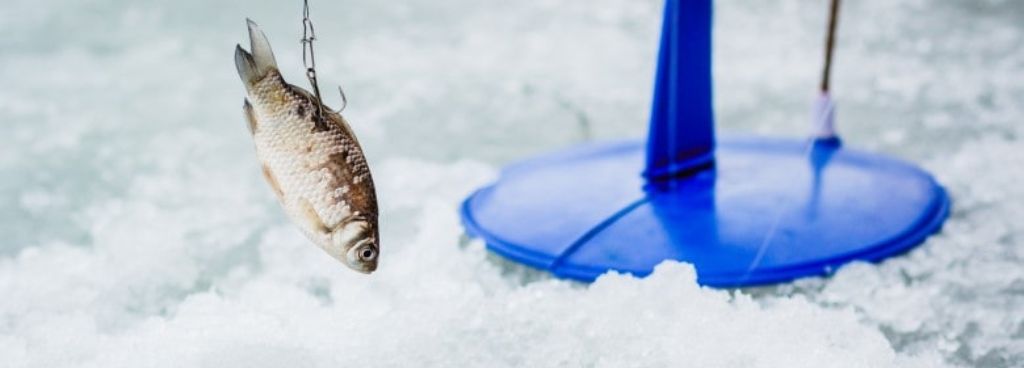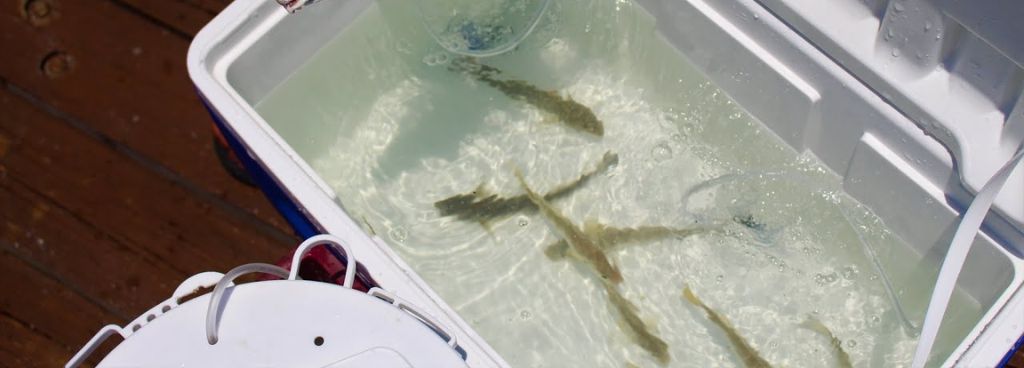Stories Worth Reeling In...
Last Updated on September 21, 2023
Are you among the anglers who have wondered whether live bait needs to be refrigerated? It’s time to unravel the truth and put an end to the confusion. Many anglers believe that refrigeration is necessary to keep their live bait fresh and lively. However, in this guide, we will dive deep into this topic and shed light on the common misconception surrounding the need for refrigerating live bait.
Understanding the truth behind this question is crucial to ensure the longevity and effectiveness of your precious bait. So, let’s uncover the facts and discover the best practices for preserving live bait, whether or not it requires the chilling embrace of a refrigerator.
Table of Contents

When it comes to the survival and effectiveness of live bait, temperature plays a critical role. Different types of bait have specific temperature requirements for optimal longevity. Some bait species thrive in cooler temperatures, while others prefer slightly warmer environments. Understanding the temperature preferences of your chosen bait is key to keeping them alive and active for longer periods.
Proper oxygenation and moisture levels are vital for maintaining the freshness of live bait. An adequate oxygen supply ensures that the bait receives the necessary oxygen to survive. Similarly, maintaining optimal moisture levels prevents the bait from drying out and losing its vitality. Regular water changes, ensuring clean and well-oxygenated water, are essential for prolonging the bait’s freshness and overall health.
Different bait species may have varying preservation requirements. Some may benefit from bedding materials like moist newspaper or peat moss, which help create a suitable environment. Others may require specific additives to maintain their liveliness and scent. Utilizing live bait containers designed to provide adequate ventilation and moisture control can greatly enhance the bait’s longevity.
There is a widespread belief among anglers that live bait must be refrigerated to keep it fresh. However, let’s debunk this myth and uncover the truth. Refrigeration, although effective for preserving certain types of bait, can actually be detrimental to the health and vitality of many live bait species.
Experts in the field of bait preservation argue against refrigerating live bait. The main reason is that refrigeration can expose the bait to excessively low temperatures, causing stress and even death in some cases. Live bait, such as worms and minnows, are highly sensitive to extreme temperatures, and subjecting them to the cold environment of a refrigerator can significantly affect their well-being.
Refrigeration can also lead to moisture loss, as the cold air can dry out the bait. This can result in a loss of liveliness and make the bait less enticing to fish. Furthermore, the confined space inside a refrigerator can limit the bait’s access to oxygen, which is crucial for its survival.
It is not required to refrigerate your bait; however, if you want it to stay as fresh as possible, store it in the fridge until you go fishing. Always keep your bait in a cool, dark place away from direct sunlight.
When it comes to storing live bait, using the right containers or habitats is essential. Let’s explore some key practices to ensure the well-being and longevity of your bait.

Choosing the appropriate container or habitat for your live bait is crucial. Consider factors such as ventilation, insulation, and size. Some bait, like worms, thrive in bedding material within containers, while others, like minnows, may require larger aerated tanks or buckets. Providing adequate space and ventilation allows for proper airflow, reducing the risk of oxygen depletion and ensuring a healthier environment for the bait.
Maintaining the right water quality and moisture levels is essential for the health of live bait. Regularly monitor the water quality and ensure it remains clean and free from harmful substances. Conduct periodic water changes to remove accumulated waste and replenish oxygen levels. Additionally, observe the behavior of the bait. If you notice any signs of distress or unusual behavior, it may indicate a need for water quality adjustments or changes.
Extreme temperatures can pose risks to live bait. Excessive heat can lead to oxygen depletion and increased stress levels, while extreme cold can cause shock and even death in some bait species.
To protect your bait, avoid exposing it to direct sunlight or placing it in areas with high heat. Similarly, shield your bait from freezing temperatures by insulating the containers or using heat packs during colder weather.
Ensuring the freshness of your live bait is crucial for its effectiveness in attracting fish. Let’s explore some best practices that can help you prolong the freshness of your bait.
Obtaining fresh live bait from reliable sources is key. Choose reputable bait shops or suppliers known for their quality bait. Timing your bait acquisition is also important. Plan your fishing trips accordingly to ensure you acquire fresh bait just before you need it. This way, you can maximize its vitality and increase your chances of a successful catch.
Sometimes, live bait becomes less lively over time. To revitalize your bait, consider reoxygenating it. Gently agitate the water or provide additional aeration to infuse more oxygen into the bait’s environment. This can help rejuvenate and invigorate the bait, making it more attractive to fish.
Using additives can also enhance the appeal of your bait. Certain additives, such as scent attractants or bait enhancers, can make your bait more enticing to fish. Follow the instructions provided with the additives and use them sparingly to avoid overwhelming the bait.
By following these guidelines, you can maximize the lifespan and productivity of your live bait, increasing your chances of a successful fishing trip. Remember that fresh and lively bait is key to attracting fish and improving your catch rate.
So, the next time you prepare for a fishing adventure, take the time to implement these storage practices. Your live bait will thank you, and you’ll increase your chances of a rewarding fishing experience.
Thank you for reading this blog post. I hope you found the information helpful. Now, go out there and enjoy the thrill of fishing with fresh, lively bait!